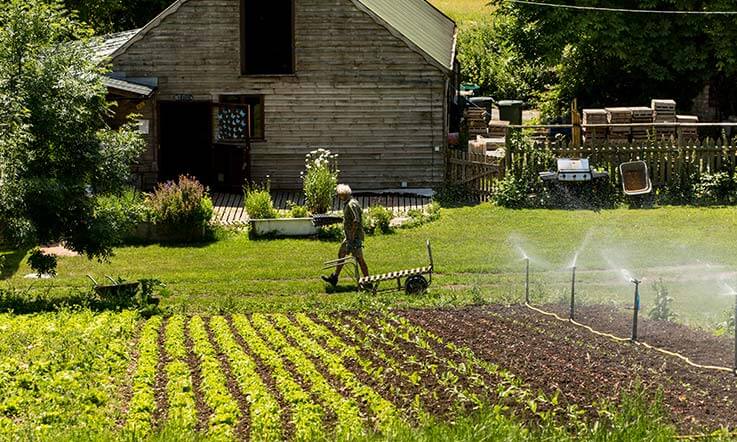Meeting the needs for a growing world population calls for multifunctional land use which can meet the multiple demands of food and fuel production, environmental and biodiversity protection, and has the capacity for adaptation or resilience to climate change. Agroforestry, a land-use system that integrates trees and shrubs with crops and/or livestock production, has been identified by the International Assessment of Agricultural Knowledge, Science and Technology for Development (IAASTD) as a ‘win-win’ approach that balances the production of commodities (food, feed, fuel, fibre, etc) with non-commodity outputs such as environmental protection and cultural and landscape amenities. In the first of two papers published on-line by the journal Renewable Agriculture and Food Systems journal, ORC researchers Jo Smith, Bruce Pearce and Martin Wolfe, review the evidence within an ‘ecosystem services’ framework to evaluate agroforestry as part of a multifunctional working landscape in temperate regions. In the second paper, they go on to discuss what can be learnt from traditional agroforestry systems to help develop modern systems that integrate ecological farming and agroecological advances to achieve sustainable intensification. For more information, please contact Jo Smith. This work has been completed as part of our Ashden Trust funded Agroforestry research projects.
References:
Smith, J., Pearce, B.D. and Wolfe, M.S. 2012. Reconciling productivity with protection of the environment: Is temperate agroforestry the answer? Renewable Agriculture and Food Systems. doi:10.1017/S1742170511000585
Smith, J., Pearce, B.D. and Wolfe, M.S. 2012. A European perspective for developing modern multifunctional agroforestry systems for sustainable intensification. Renewable Agriculture and Food Systems. doi:10.1017/S1742170511000597
